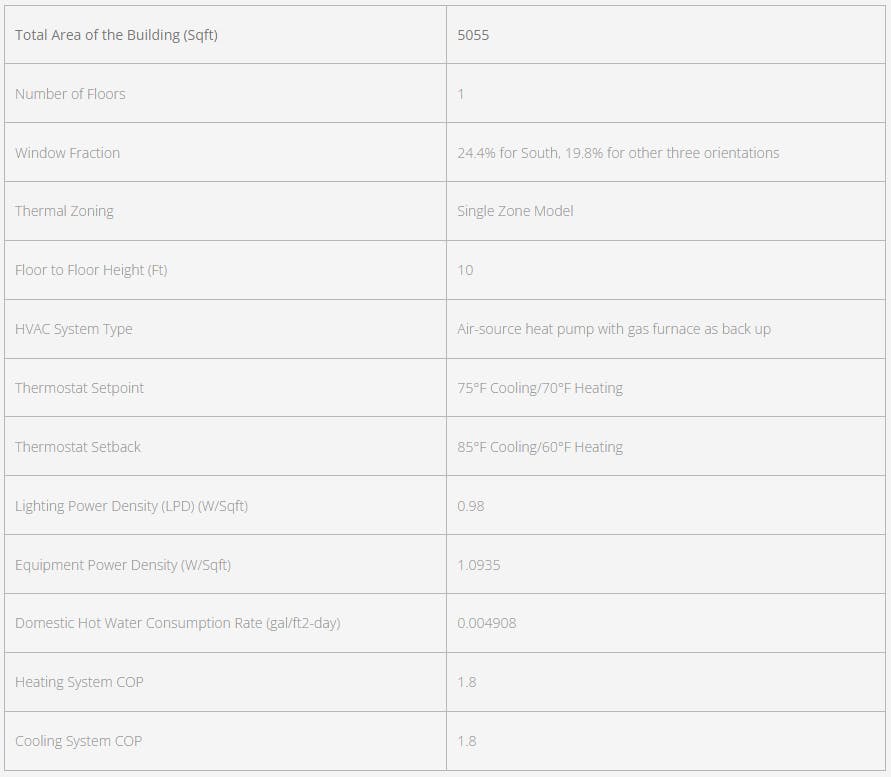Short Answer: It depends significantly on your glazing percentage. If you have a glazing percentage of 60% of less, and you are making orientation changes of less than 45°, on average, it leads to an impact of less than 1.2 Kbtu/sf/yr. In the broad picture, that impact is quite minimal with the uncertainty at play for early stage energy modeling. Of course, these are the “cliff note” version of the study, read the full study below.
Introduction
Building Energy Modeling (BEM) is a physics-based computer simulation of a building that can be used to analyze and predict the energy consumption, HVAC component sizing and utility bills. BEM is used in new building construction and retrofit designs to achieve compliance for the energy code standards (ASHRAE 90.1, Title 24, NECB), different green building certifications like LEED v4 & Green Globes. BEM input parameters that are taken into consideration for running the simulation include but not limited to building geometry, construction material properties, glazing ratio, lighting, HVAC system, refrigeration, service water heating, component efficiencies, control strategies and renewable generation system configurations.
The purpose of this study is to observe the sensitivity of building rotation on Energy Use Intensity (EUI). All simulation parameters are kept constant except the site orientation to record the impact on energy consumption. The study is conducted using the small office building prototype provided by Pacific National Northwest Laboratory (PNNL).
Key Observations
The Energy Usage Intensity (EUI) is observed for single zone small office PNNL prototype model for 10°, 20°, 30° and 45° rotated clockwise as well as anticlockwise. The EUI difference for Miami, Florida (ASHRAE Climate Zone 1A), Atlanta, Georgia (ASHRAE Climate Zone 3C) and Denver, Colorado (ASHRAE Climate Zone 5B) was observed to be 0.63 kBtu/ft2, 0.72 kBtu/ft2 and 0.92 kBtu/ft2 respectively for the rotation range described earlier.
Furthermore, the next iteration was done by adding 20% more glazing on all sides and rotating the single zone small office PNNL prototype model by 10°, 20°, 30° and 45° clockwise and anticlockwise. After running the simulations, the EUI difference for Miami, Florida (ASHRAE Climate Zone 1A), Atlanta, Georgia (ASHRAE Climate Zone 3C) and Denver, Colorado (ASHRAE Climate Zone 5B) was observed to be 1.05 kBtu/ft2, 1.10 kBtu/ft2 and 1.33 kBtu/ft2 respectively for the considered rotation range.
Building Parameters
The selected building is a small office prototype described by Pacific Northwest National Laboratory (PNNL). Some of the building parameters are mentioned below:
Rotation
Range and Glazing Variation
The single thermal zone is considered for running the simulations. The PNNL small office model is created utilizing DesignBuilder (EnergyPlus) and rotated along North-South axis by 10°, 20°, 30° and 45° in clockwise and anticlockwise sense as shown in following figure. The next step involved adding 20% more glazing on all sides of the prepared model and rerunning the simulation.
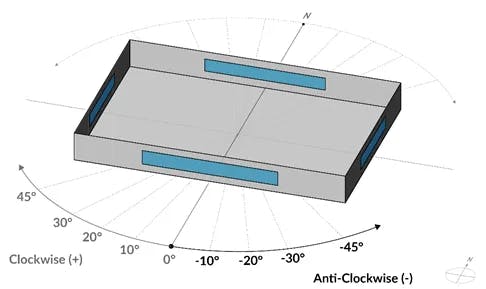
Figure 1 Rotation Range for Single Zone PNNL Small Office Prototype along North-South Axis
Comparison of Energy Usage Intensity
The following cities are used to study the impact of rotating the single zone PNNL small office prototype:
Zone 1A Miami, Florida
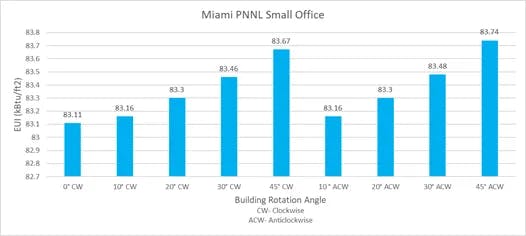
Figure 2 Miami PNNL Small Office Rotation Comparison for Different Angles
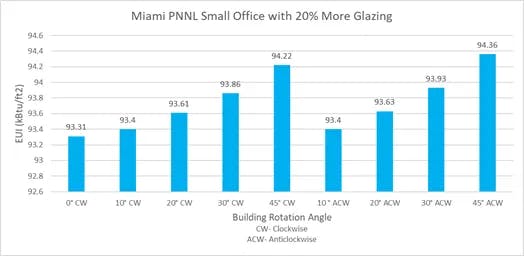
Figure 3 Miami PNNL Small Office with 20% more Glazing Rotation Comparison for Different Angles
The highest EUI difference of 0.63 kBtu/ft2 is recorded by rotating the model by 45° anticlockwise along N-S axis. When the glazing is increased by 20%, the highest EUI difference became 1.05 kBtu/ft2 for 45° anticlockwise rotation along N-S axis.
Zone 3A Atlanta, Georgia
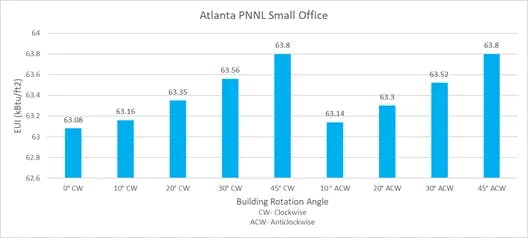
ECM Bundle that will hit the EUI target of 30 kBtu/ft2/year.
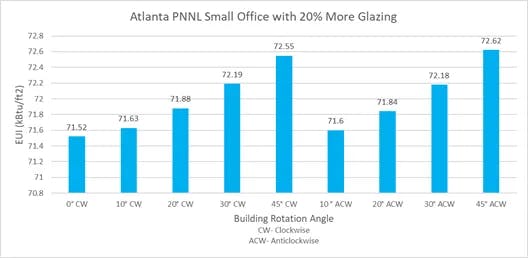
Figure 5 Atlanta PNNL Small Office with 20% more Glazing Rotation Comparison for Different Angles
The highest EUI difference of 0.72 kBtu/ft2 is recorded by rotating the model by 45° anticlockwise along N-S axis. Whenthe glazing is increased by 20%, the highest EUI difference became 1.1 kBtu/ft2 for 45° anticlockwise rotation along N-S axis.
Zone 5B Denver, Colorado

Figure 6 Denver PNNL Small Office Rotation Comparison for Different Angles
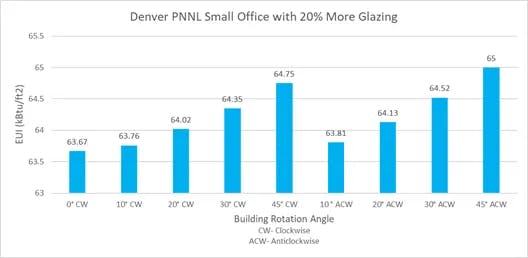
Figure 7 Denver PNNL Small Office with 20% more Glazing Rotation Comparison for Different Angles
The highest EUI difference of 0.92 kBtu/ft2 is recorded by rotating the model by 45° anticlockwise along N-S axis. Whenthe glazing is increased by 20%, the highest EUI difference became 1.33 kBtu/ft2 for 45° anticlockwise rotation along N-S axis.
Conclusion
The time invested in adjusting the building orientation and thermal zone manipulation for every design change can be eliminated with the proposed method described in the study. Moreover, the project team will be able to perform more simulations to test out different design options to choose the best design without worrying about specific building orientation. The facts presented will surely help to optimize the conceptual design phase and thereby saving huge amount of money and time of the owner and the project team.
